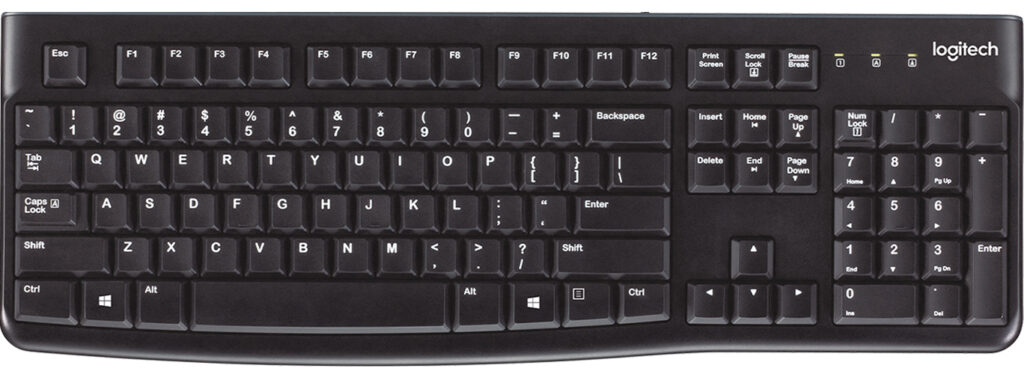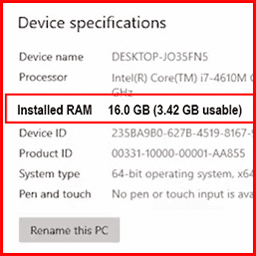Table of Contents
What is cache?
You would have been asked to clear the cache data of your mobile or browser. Now you do not know, what is cache data, why it should be cleared and how it is collected, what are its advantages, and what are its disadvantages. If you are a website owner or you are a mobile user or you are an internet user then you must be aware of caching. So today we will learn about cache, cache data, caching, and cache memory in this blog post.
What does cache mean?
In the world of computing, the pronounced CACHE is CASH, In Hindi:कैश. A cache is a portion of a computer’s smaller amount of faster, more expensive memory used to improve performance for recently or frequently accessed data. Cached data is stored in temporarily accessible storage media that is local to the cache client and separate from the main storage. Caches are commonly used by the Central Processing Unit (CPU), applications, web browsers, and operating systems.
What is Caching?
Caching is the process of temporarily storing frequently accessed data in a cache/cache memory so that you can reuse it for subsequent requests. Cache data greatly increases the speed of your browser and website pages. When things don’t load properly. Then there is also the problem of caching. So you should be aware of caching. How to clear the cache data?
In Other words, the Whenever first time a user opens a page of your website in his web browser. So a request from his web browser goes to that server. Then that server loads the HTML version of that page from the database on the basis of that request. And then after processing that HTML page is sent to that web browser. But the request that came from that web browser will be collected by the server in the cache memory as cache data for reuse.
And whenever the request for that page comes again, the server will not load that page from the database and send it from the cache memory. the server stores the request as data in its cache memory is called “cache data”. When this cache data is repeatedly used by the server to load the same page, then this process is called caching. This will help reduce the server’s load time and increase the server’s speed.
What is cache data?
The information stored in the cache memory is called cache data. Now this cache memory is found in your mobile, laptop, computer, web browser, and also on the server of a website. Website developers enhance the user experience by using this case data.
Types of Cache:-
you knew about cache, cache data, cache memory, and caching in the previous paragraph. Now we will know the types of cache. there are several types of cache. your Computer or mobile has its own cache which is divided into three levels.
Type No. 1- Memory Cache
Cache memory is a chip-based computer component that makes data retrieval from computer memory more efficient. It acts as a temporary storage. Where computer processors can easily retrieve the data. This temporary storage area is known as cache memory.
Cache memory is sometimes called CPU (central processing unit) memory because it is usually integrated directly into the CPU chip or located on a separate chip that has a separate bus connected to the CPU. Therefore, it is more accessible to the processor and can increase efficiency because it is physically close to the processor.
In order for the cache memory to be close to the processor. it must be much smaller than the main memory (RAM is the main memory). As a result, it has less storage space. It is also more expensive than the main memory(RAM) because it is a more complex chip that provides more performance. The cache memory works 10 to 100 times faster than the main memory(RAM) because there are requires only a few nanoseconds to respond to a request from the CPU (central processing unit).
The name of the actual hardware used for the cache is high-speed Static Random Access Memory (SRAM). The name of the hardware used in the main memory of the computer is Dynamic Random Access Memory (DRAM). Cache memory cannot be confused with the broader concept of cache. Caches are temporary data stores that can exist in both hardware and software. A cache memory refers to a specific hardware component that allows computers to create caches at different levels of a network.
The levels of Cache memory:-
Cache memory is fast and expensive memory as you have read. It is traditionally categorized as “levels” that describe its proximity and availability to the microprocessor. There are three general cache levels of cache memory:
Level 1 (L1):- The L1 cache, or primary cache, is extremely fast but relatively small with its memory size between 2 and 64 kilobytes. It is usually built into the processor chip as the CPU cache.
Level 2 (L2):- The L2 cache memory or secondary cache memory is often more spacious than the L1. The L2 cache memory can be built into the CPU, or it can be on a separate chip or co-processor. It has a high-speed alternate system bus connecting the cache to the CPU. That way it won’t be slowed down by traffic on the main system bus.
Level 3 (L3):- The L3 cache memory is a specialized memory developed to improve the performance of the L1 and L2 levels. L1 or L2 can be significantly faster than L3. the speed of L3 cache memory is usually twice the speed of DRAM. In multi-core processors, each core can have a dedicated L1 and L2 cache memory. but they can share the L3 cache memory. If the L3 cache references an instruction, it is usually promoted to a higher cache level.
In the past, L1, L2, and L3 caches were created using combined processor and motherboard components. Recently, the trend has been to consolidate all three levels of caching on the CPU itself. Therefore, the primary means of increasing cache size began to shift from purchasing a specific motherboard with different chipsets and bus architectures to purchasing a CPU with the correct amount of on-board L1, L2, and L3 cache.
Type No. 2 – Web Cache
When you visit a website for the first time, you find the speed of that website normal. If you visit the same website again, then you feel that the speed of that website has already increased. Have you ever thought about why this happened? All this happened because of the web cache. So let’s start and know about web cache, what it is and how many types are there.
Web caches collect data from browsers, websites, and servers. It allows browsers, websites, and servers to access data from web caches to reduce loading times. so that users feel the fast speed of the website.
The idea behind the different types of web caches is that they limit the number of server requests your browser makes. Fewer requests to the server result in faster loading, in addition to reducing the load on the server behind the website. This reduced load saves webmasters money on network costs.
There are four main types of web cache:
1. Site Cache
2. Browser Cache
3. Micro Cache
4. Server Cache







